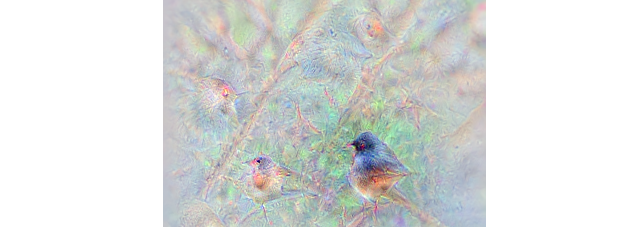Welcome to issue 12 of AI weekly!
The last two weeks have seen the debate on autonomous weapons reach new levels as nearly 20,000 people signed this open letter asking for their ban. Are we on the brink of a 3rd revolution in warfare? The many backers, who include scientists (Hawking, Lecun...), philosophers, investors, entrepreneurs (Musk...) seem to think so.
For an other perspective have a look at this Guardian article that shows that banning such weapons is easier said than done, and at this article on why we should not ban killer robots.
In the News

Building the next New York Times recommendation engine
Discussion on the recent work revamping The New York Times’s article recommendation algorithm, which currently serves behind the Recommended for You section of NYTimes.com.
Baidu explains how it’s mastering Mandarin with deep learning
Baidu senior research engineer Awni Hannun presented on a new model that the Chinese search giant has developed for handling voice queries in Mandarin. The model, which is accurate 94 percent of the time in tests, is based on a powerful deep learning system called Deep Speech that Baidu first unveiled in December 2014.
Software lets you teach AI to play computer games
A new company wants to build artificial intelligence through game play.
Cutting Google Voice transcription error rates by 50%
Google explains how its researchers have improved the speech recognition systems underlying the transcription for voicemails in Google Voice.
Baidu’s ‘Medical Robot’: Chinese Search Engine Reveals Its AI for Health
A majority of Chinese online turn to the Web first for health information. This project, called AskADoctor in English, tries to address this need. It is one of the earliest projects to emerge from Baidu’s deep-learning division since it hired Andrew Ng.
Learning

Navigating themes in restaurant reviews
Using Word Mover's Distance to find similar reviews across our corpus — even without similar keywords
Why Deep Learning Works: the Renormalization Group
Recently it has been shown that unsupervised Deep Learning implements the Kadanoff Real Space Variational Renormalization Group (1975). This means the success of Deep Learning is intimately related to some very deep and subtle ideas from Theoretical Physics.
Deep Learning adversarial examples – Clarifying misconceptions
Debunking a few myths on deep learning's failings. Interesting read.
Software tools & code
Top 10 Machine Learning APIs
This API list covers image tagging, face recognition, document classification, speech recognition, predictive modeling, sentiment analysis, and pattern recognition.
GoogLeNet classifier container
Handy code + docker container to run the GoogLeNet classifier easily.
Labellio
The challenges in deep learning today are not just in configuring hyperparameters or designing a suitable neural network structure; they are also in knowing how to prepare good training data to fine-tune a well-known working classification model. Labellio aims to address these problems.
Brains & Neurons

Glial cells, the Neuron's secret partner
Glial cells are the brain’s architects, doctors, police, janitors, and gardeners.
Some thoughts

These artworks were made by Algorithms
Would algorithms be able to produce works of art? These algorithms tried, and the results don't look too bad.
The Prostitute
This story won the 1st prize in a contest where entrants had to write about the future of artifical intelligence. The writer here concocted a world in which the hard-up for cash can turn their bodies over to strangers using just software, a headcam, and a DIY implant. Enjoy!

Visualizing GoogLeNet Classes
Ever wondered what a deep neural network thinks a Dalmatian should look like? Well, wonder no more.
About
This newsletter is a weekly collection of AI news and resources. If you find it worthwhile, please forward to your friends and colleagues, or share on your favorite network!
Share on Twitter · Share on Linkedin · Share on Google+
Suggestions or comments are more than welcome, just reply to this email. Thanks!
